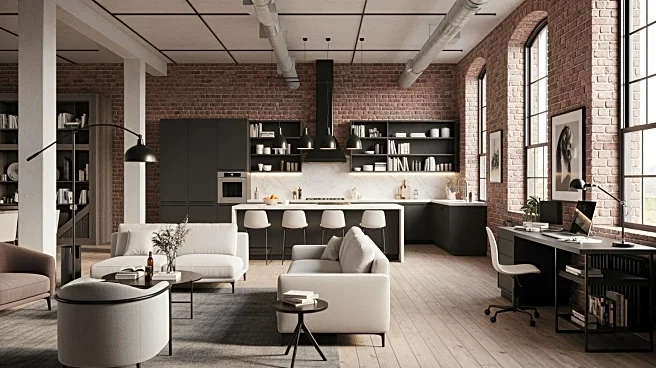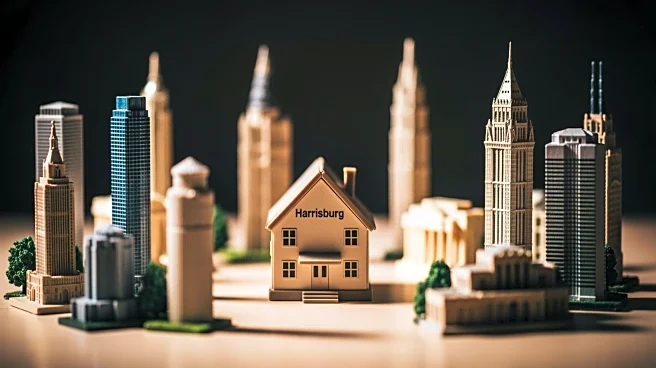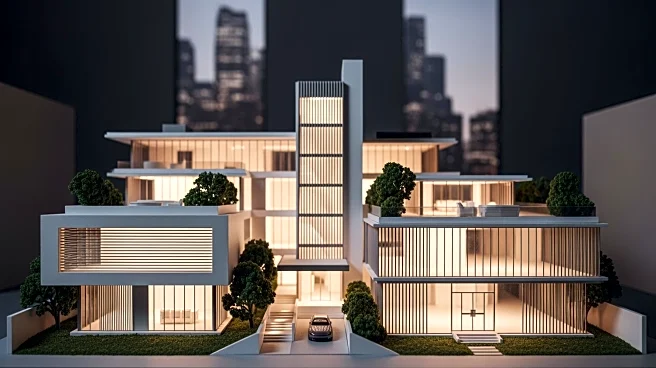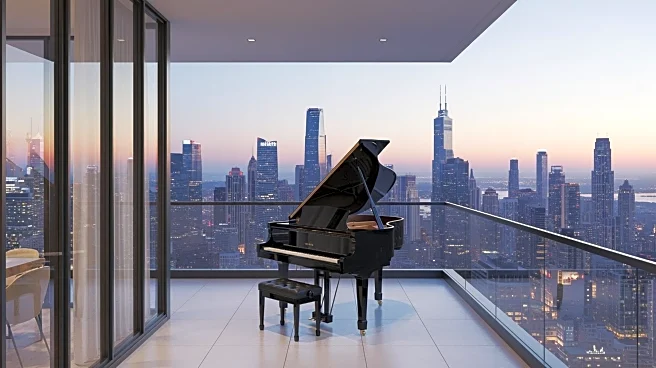What's Happening?
A unique private compound located on Staple Street in Tribeca, Manhattan, has been listed for sale at $30 million. The property, owned by filmmaker Neil Burger and architect Diana Kellogg since 2002, includes
a two-story brick townhouse and a studio and office across the street. The townhouse, built in the 1860s, retains its industrial character with exposed brick and timber beams. The couple purchased the property shortly after the September 11 attacks and have since renovated it extensively, preserving its historical elements while adding modern amenities. The listing agent, Jeremy Stein of Sotheby’s International Realty, highlights the property's rarity and appeal in the market.
Why It's Important?
The listing of this property underscores the high value and demand for unique real estate in Manhattan, particularly in historic areas like Tribeca. The sale could set a precedent for property values in the neighborhood, which has seen significant interest in recent years. The compound's blend of historical architecture and modern renovations reflects broader trends in urban real estate, where buyers seek properties that offer both character and contemporary comforts. This sale may influence future real estate developments and investments in the area, impacting local market dynamics.
What's Next?
Potential buyers will likely be drawn to the property's unique features and prime location. The sale could attract interest from high-profile individuals or investors looking to capitalize on Tribeca's prestigious real estate market. As the property joins a list of high-profile homes in the area, its sale could further elevate Tribeca's status as a desirable residential location. The outcome of this sale may also influence future listings and pricing strategies for similar properties in Manhattan.
Beyond the Headlines
The property's history and transformation reflect broader cultural and architectural shifts in urban living spaces. The preservation of industrial elements alongside modern renovations highlights a growing appreciation for historical architecture in urban environments. This trend may encourage more developers and homeowners to invest in preserving the character of older buildings while adapting them for contemporary use.











